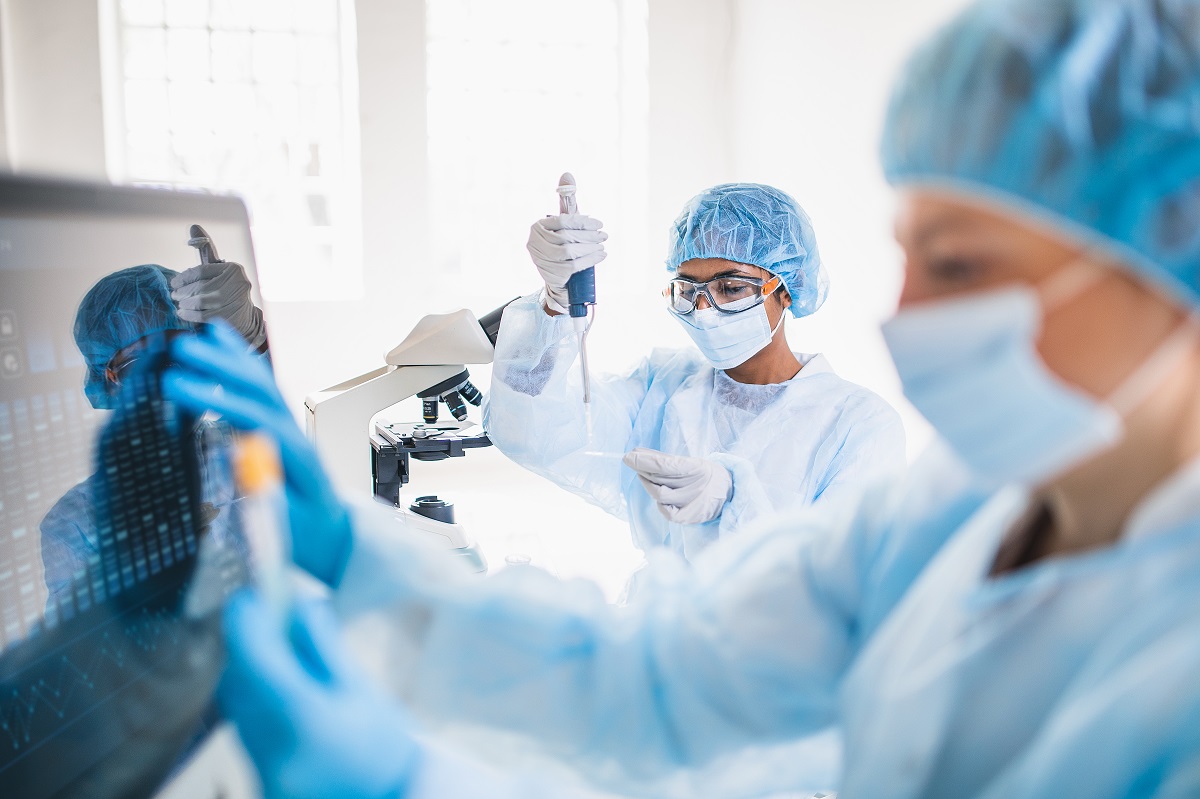BioPharma or Biologics: Top 6 Industry Terms Defined
The field of healthcare and human medicine comes with a massive vocabulary. It’s complicated—and won’t stop. On the upside, however, emerging terms are a sign that the med tech industry continues to innovate. There has never been a more exciting time to be part of the pharma or medical device fields. That said, keeping up with new lingo isn’t always easy.
Add to that the fact that many of these novel terms sound similar, and it gets even more complex. For all who have wondered, did I use that word right, is that even a word, do these mean the same thing,or what does that actually mean, we’ve defined six industry terms for you.
Drug delivery; Drug delivery systems (DDSs). Drug delivery describes how a specific drug formulation is introduced into the body. Drug delivery systems are chosen by identifying the optimal method of delivery to support the highest efficacy or performance once administered. They represent origins and pathways by which medications reach their internal domains.
Drug delivery/DDSs encompass a growing list of these mechanisms. Historically, drug delivery meant the “entry point” of the drug, such as oral, hypodermic, topical or intravenous. That field quickly grew to buccal, sublingual, ocular, rectal/vaginal, transdermal, and targeted delivery routes. As drug forms such as nanoparticles, microspheres and others show promise, there is growing interest in pulmonary and nasal drug delivery systems as ideal alternatives to parenteral routes.
Biologics/Biological products. Medications derived from living organisms—biology—and “-ic” which means “of or pertaining to.” The products assembled under the biologics umbrella are differentiated from traditional drugs by their substance, composition and production.
Biologics are derived from natural sources (microorganism, human, animal). Biologics isolate and recombine things like enzymes, sugars, proteins, nucleic acids) to treat diseases or conditions. Traditional drugs are made mixing a series of simpler chemical molecules to create a more complex structure. They have a known chemical structure. Biologics do not have an easily characterized structure, and are made from microorganism, human, or animal sourced components.
Just as traditional drugs can use naturally occurring or synthetically produced compounds, biologics can also (sometimes) replicate a synthetic form of the organic source using advanced technology, (i.e., genetic, and cellular biologics for allergenics, blood products, tissue, etc.). Biologics are also distinctly different than traditional drugs, being significantly more susceptible to contamination and environmental factors.
Biomedical. This one is a little tricky. It stands alone as a broad definition as a synergy of biology and medicine, yet more commonly modifies three distinct areas of focus: biomedical engineering, biomedical science, and biomedical research. Separately and together, these disciplines seek to create solutions for medical challenges that are not pharmaceutical in nature. Think research, medical equipment, devices, testing and diagnostics, software, etc. to advance human health.
BioPharma (biopharmacology). Biopharma refers to medicines that are made from life forms, applying biotechnology. Biopharma is related to biologics in the sense that they refer to formulations from organic isolates. The manufacturing of biopharmaceuticals takes place in a living organism (cultivated), where traditional pharmaceuticals are chemical-based extractives that are mechanically compounded. Within industry, biopharma is not inclusive of small molecule drugs, yet media, business and finance sectors have adopted the term to apply a much broader lens. Biopharma products generally seek patents and sole rights to manufacture.
Biotechnology/biotech. In spite of its 21st century popularity, the practice and study of biotechnology (cellular and molecular function in action) has been around as long as we have. The term originally referred to human efforts to work with plants through hybrids, grafting and other modifications, the domestication of animals for health and nutrition, and the advent of fermentation processes. The Computer Age shifted the core of biotechnology from beer and bread to transforming biomolecular function and processes into reducing infectious disease, tailoring medical treatments and using nature and human composition to save lives.
Pharmaceuticals. Of the terms that made this review, “pharmaceuticals” is obviously the most familiar and understood—and not new! It’s here so that as you wade through the intricacies of our the “bio”-based words, the ancient pillar of pharmaceuticals can remain pure and simple. Derived from the Latin pharmaceuticus (“Of drugs”) to today, pharmaceutical(s) refers to a chemical compound produced for medicinal use.

